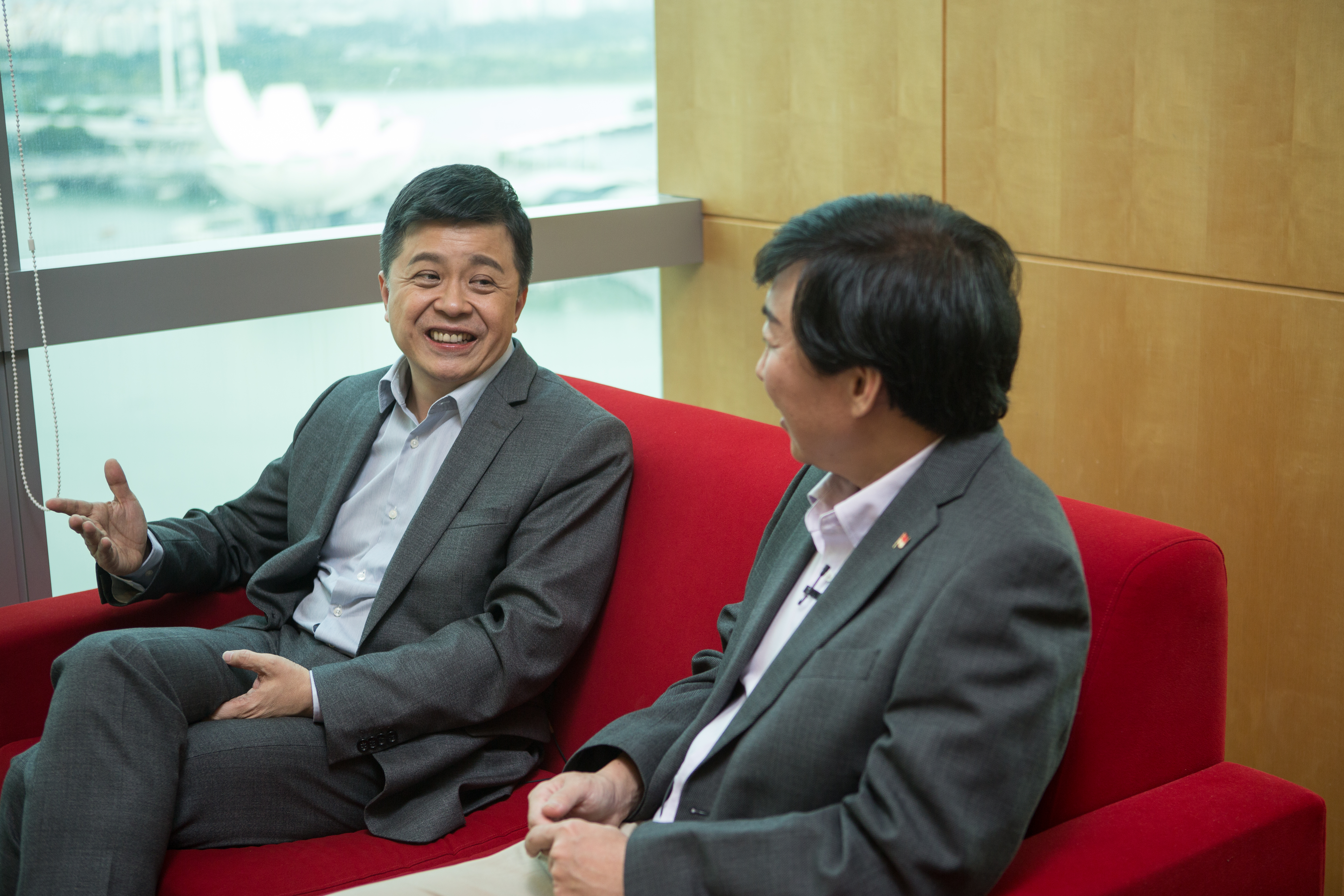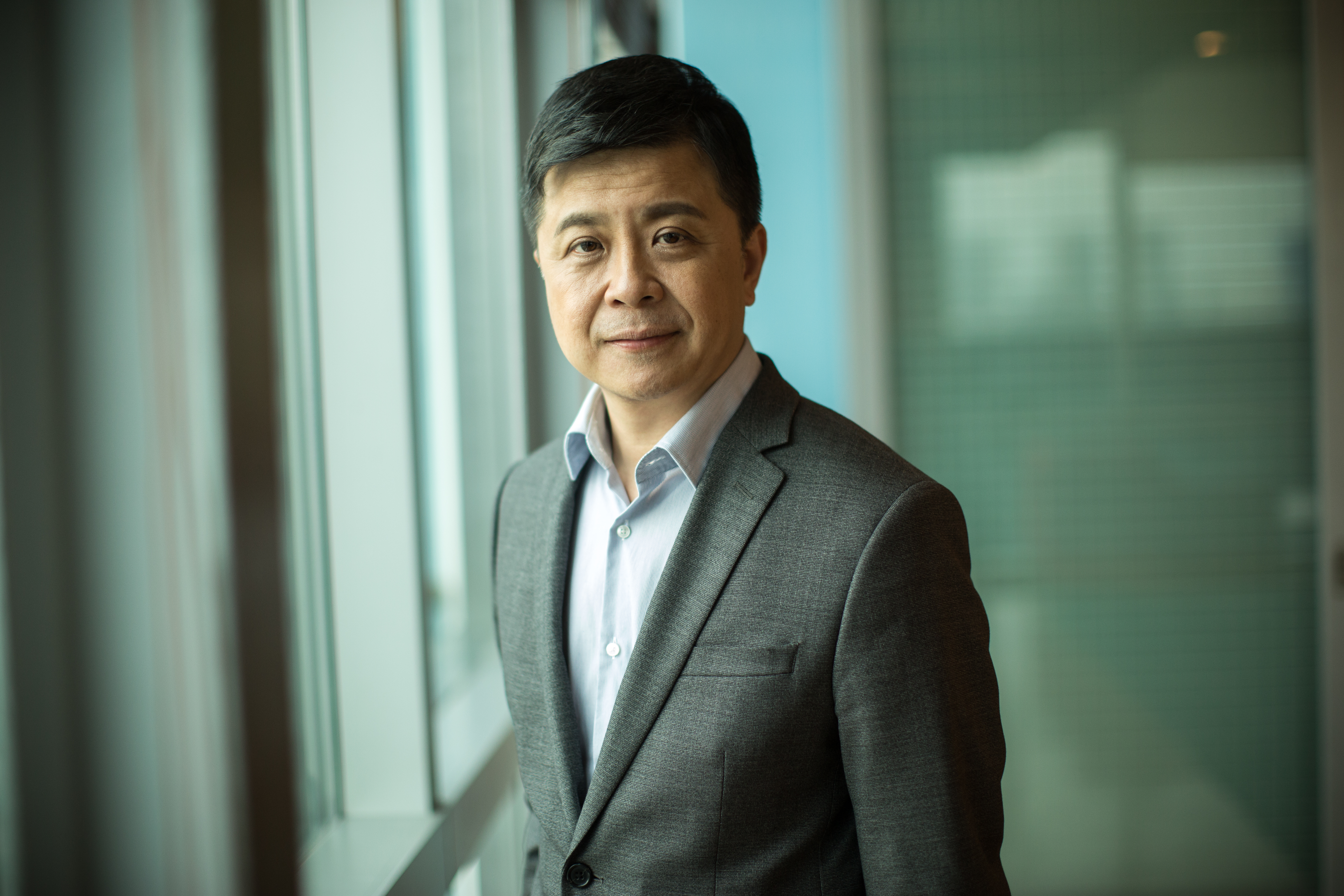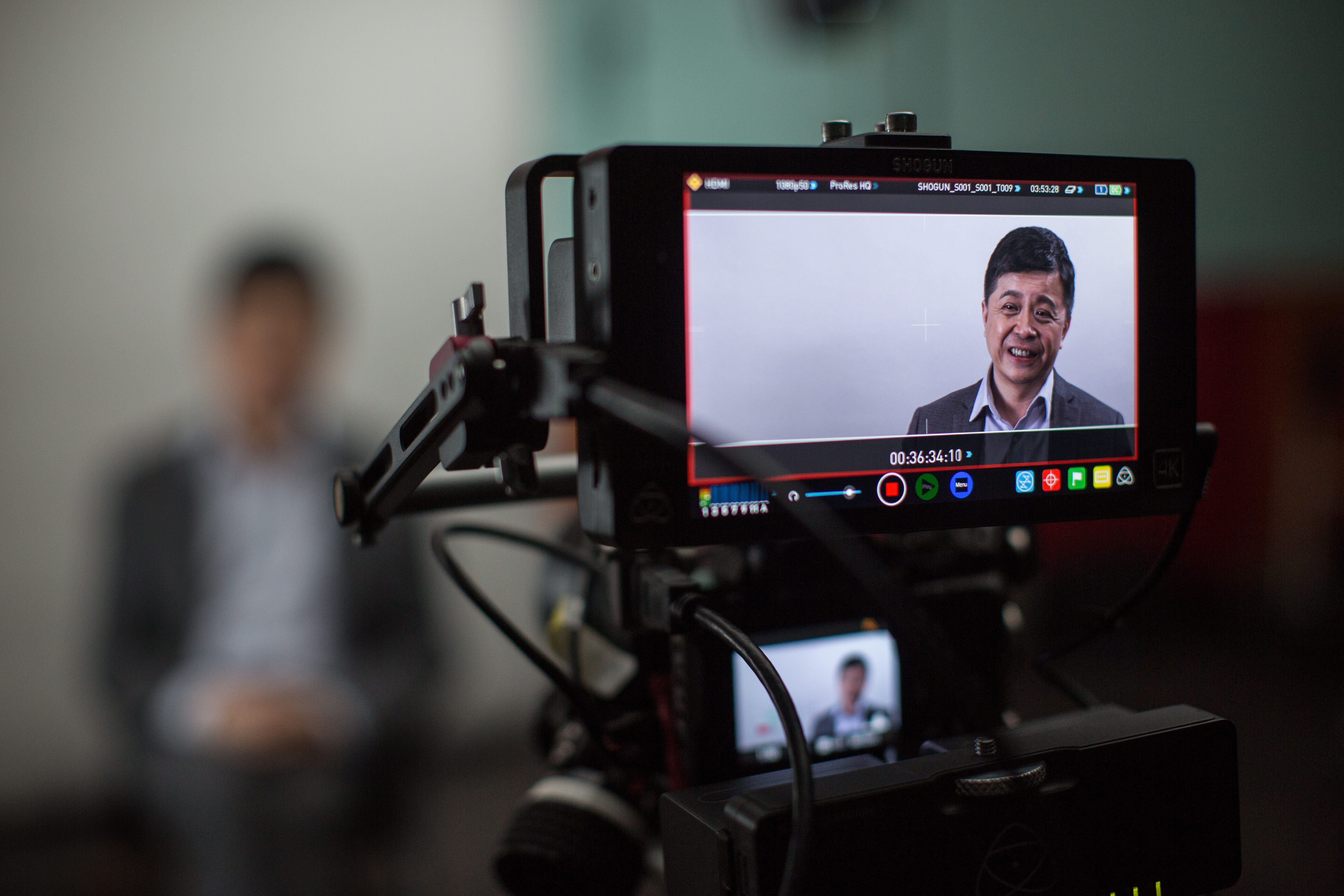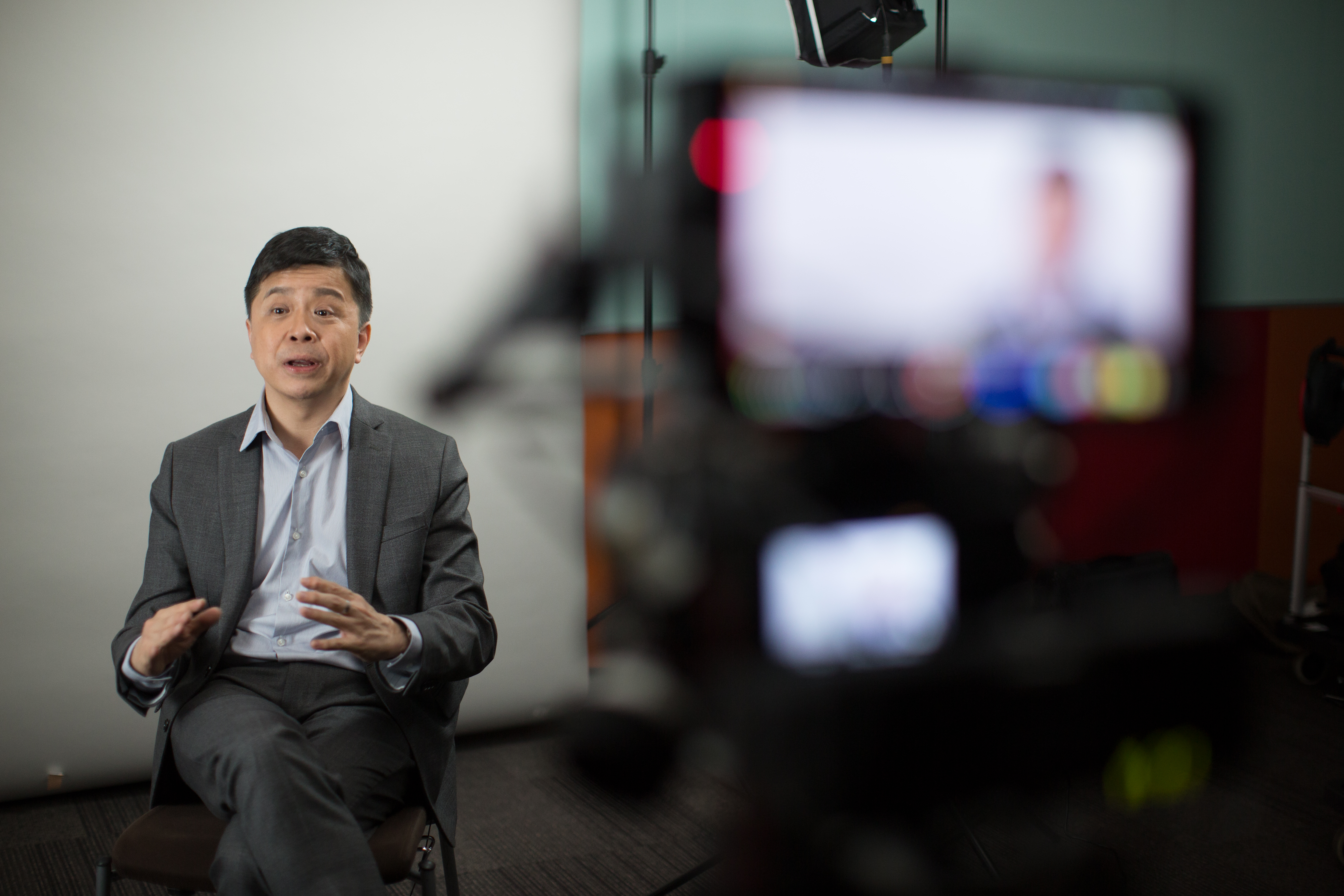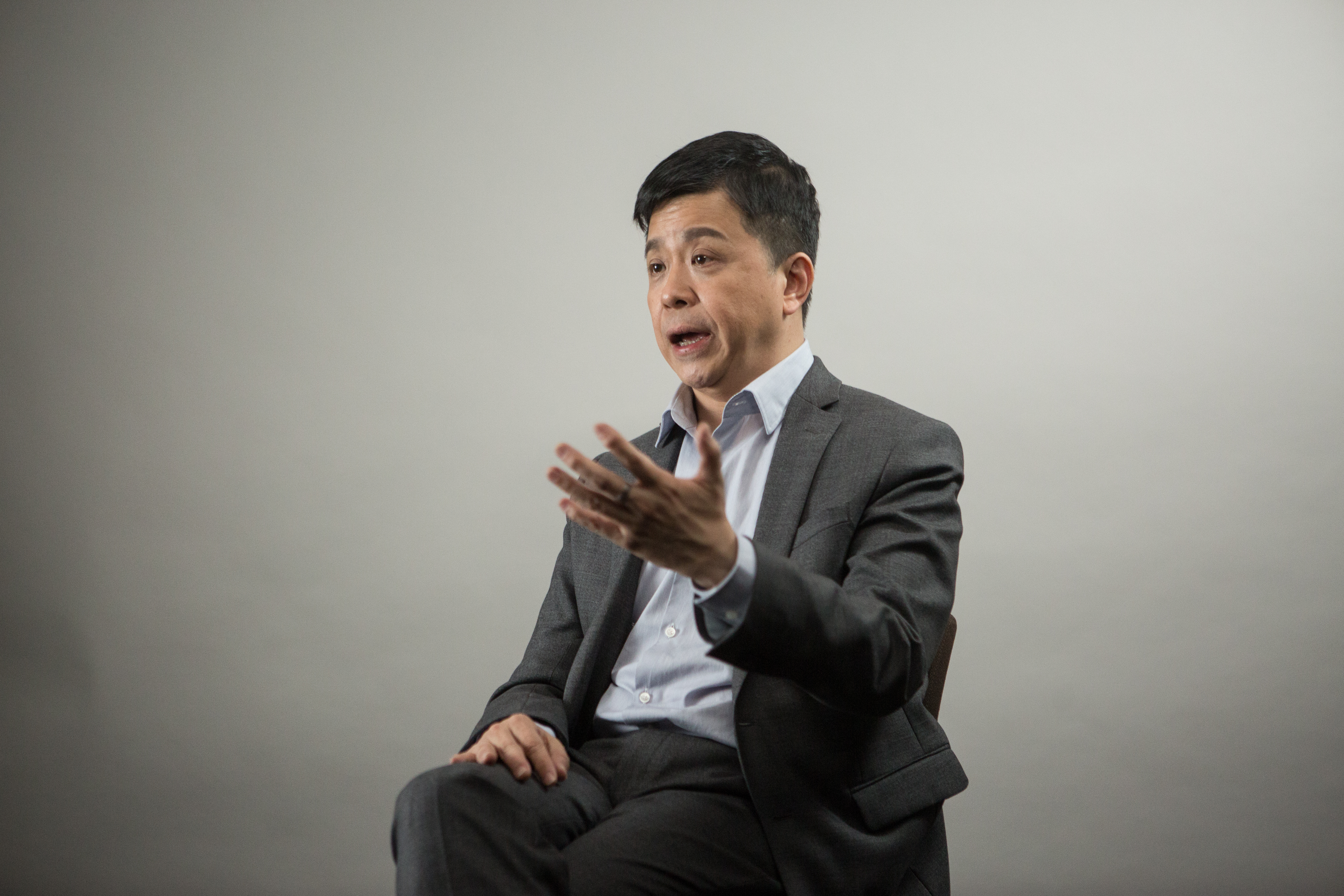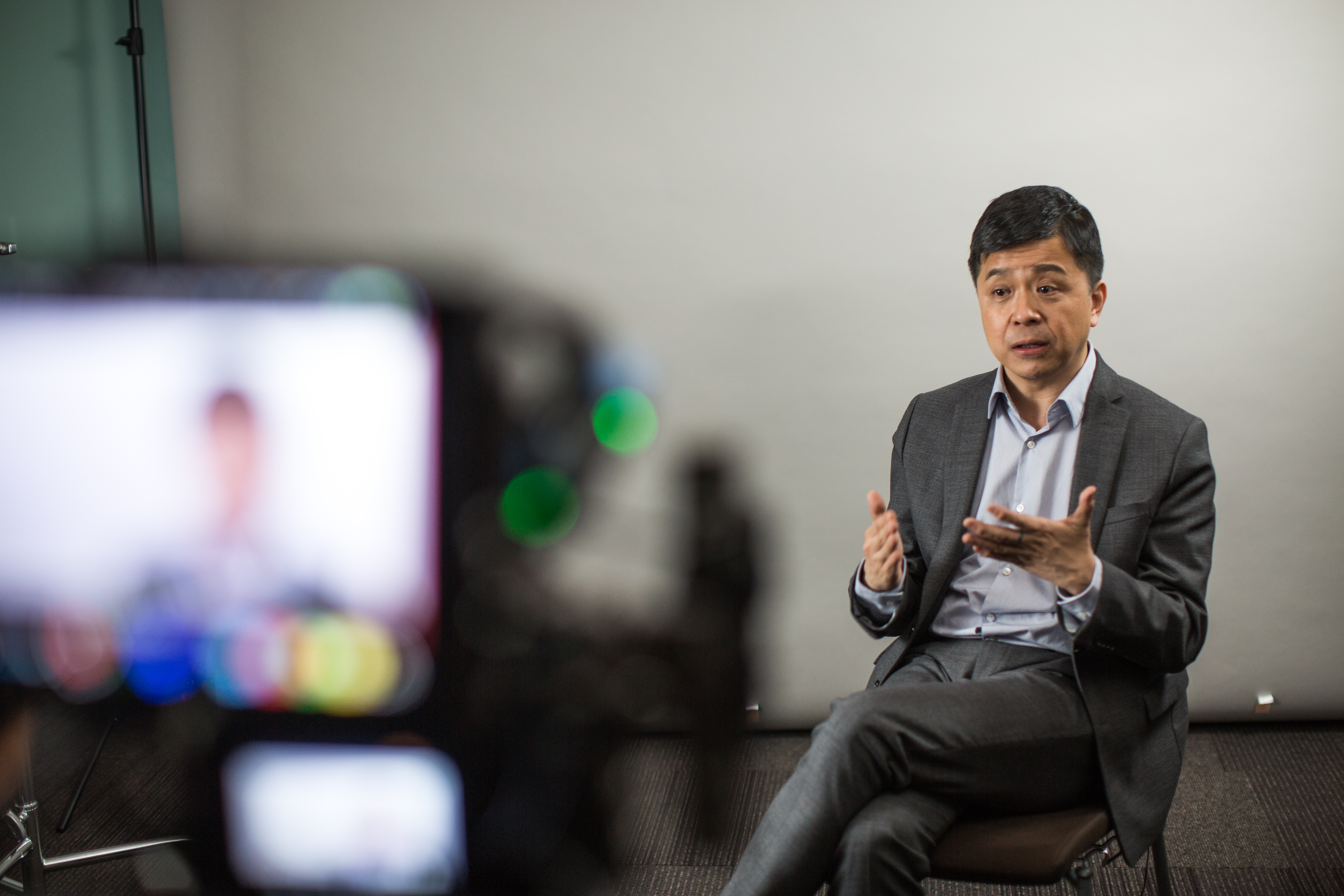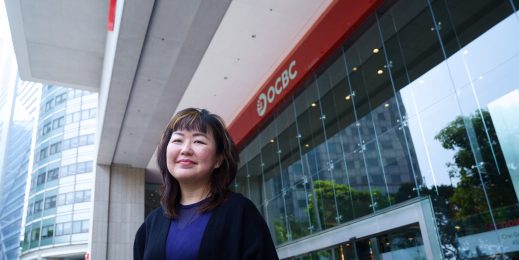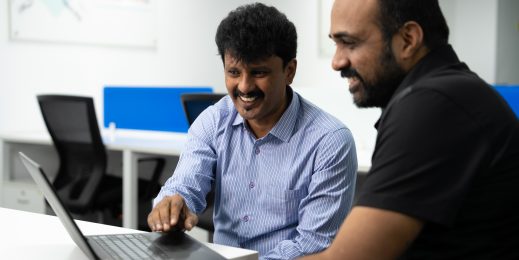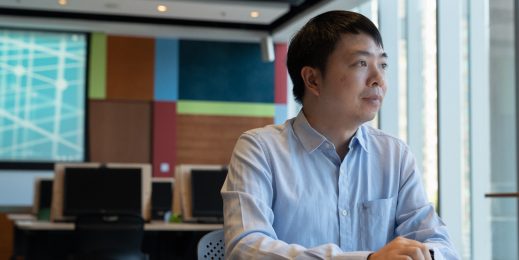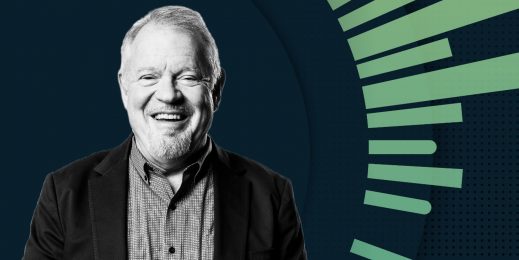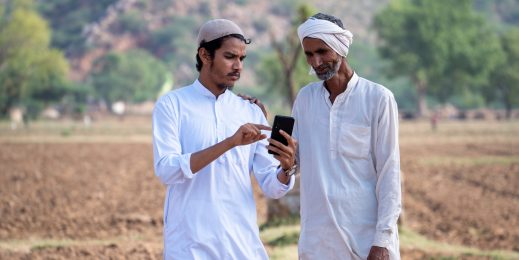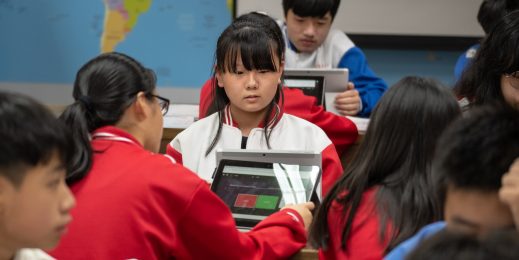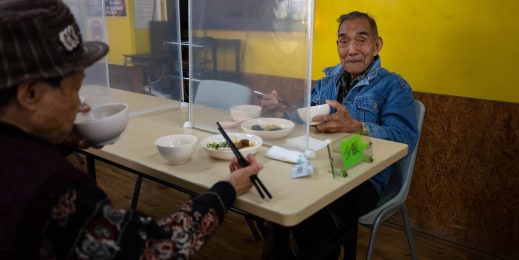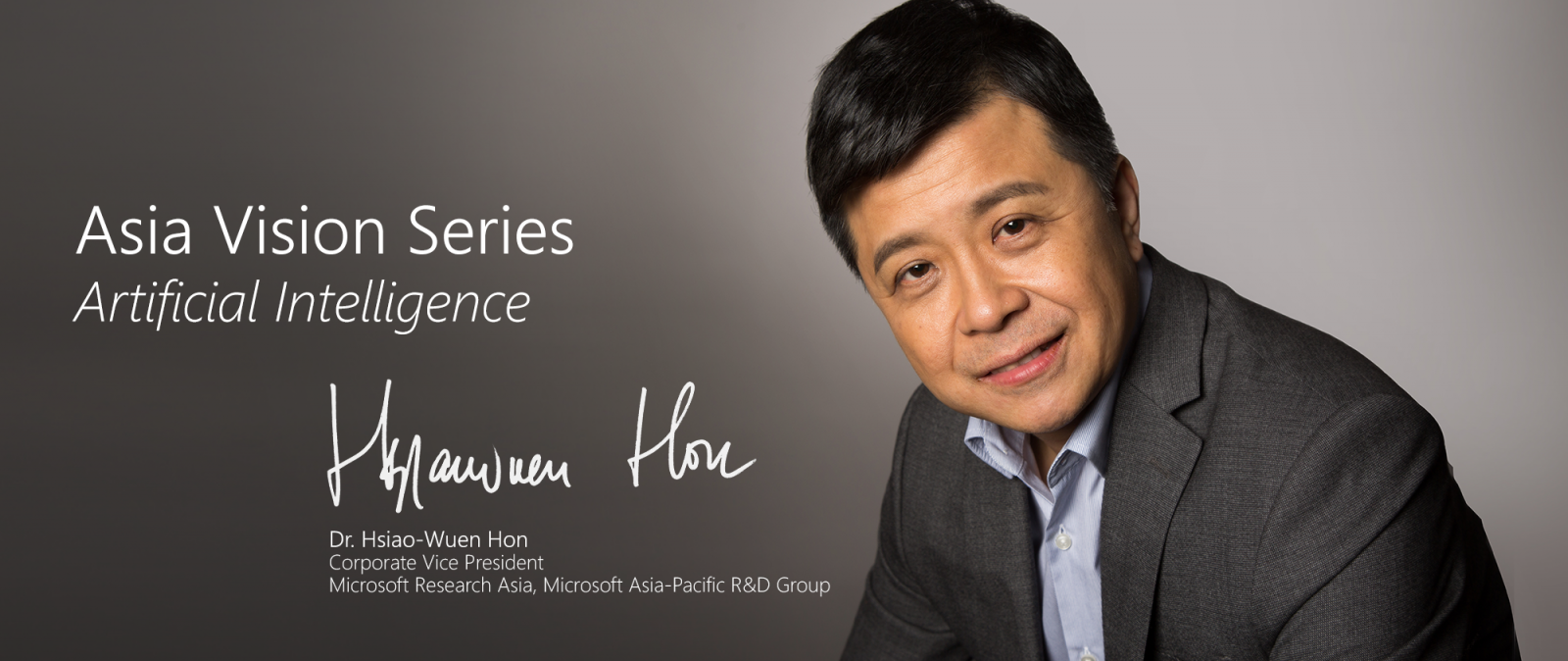
Big dreams behind Xiaoice
In our Asia Vision Series features we dive into key industry trends and issues with our subject matter experts and visionaries the region. In part 1 of 3 in this interview, Koh Buck Song, author and editor of more than twenty books and former political supervisor for Singapore’s national broadsheet The Straits Times, speaks with Dr. Hsiao-Wuen Hon, Corporate Vice President, Microsoft Research Asia, Microsoft Asia-Pacific R&D Group – a thought leader in the field of innovation especially artificial intelligence. He shares his personal journey toward chasing his passion for innovation, and the relationship between artificial and human intelligence.
I didn’t gain access to a computer until college, but I had always pictured a service that could answer any question since I was a young boy.
Even before Dr. Hsiao-Wuen Hon first laid hands on a computer in college in 1981, he already imagined a future where systems could answer any question posed by humans. Like today’s search engines or intelligent personal assistants such as Microsoft’s Cortana, young Dr. Hon believed this technology would help people overcome their fear of the unknown by providing information on how to perform tasks. His vision of the future shaped his entire education journey, from majoring in Electrical Engineering in National Taiwan University to receiving a PhD in Computer Science from Carnegie Mellon University.
It was at Carnegie Mellon where Dr. Hon began seriously building the foundation for his later work in machine-human interaction. His PhD supervisor, Turing Award winner Raj Reddy, was a former student of John McCarthy, the computer scientist who coined the term ‘artificial intelligence’ in 1956 and is widely known as the father of AI. This connection would have richly benefited Dr. Hon, except that an ‘AI Winter’ was happening from 1986 to 1992 when he was completing his doctorate degree. Recalling the climate of this period, “government agencies, universities and even companies slowed down or stopped funding to the field. It was only until the first decade of the 2000’s that AI got so hot,” said Dr. Hon.
Dr. Hon credits the power of improved hardware and software and Big Data for heating up the AI scene. Machines are more powerful and much faster today, allowing them to mine massive amounts of data that no human can finish consuming in their whole life. These leaps and bounds in the ability to compute is important for AI, as data is a big way that machines learn. In fact, the interconnectedness of AI, Big Data and machine learning is how machines can now recognize faces and voices and translate in real-time – areas which Dr. Hon himself drives as Managing Director of Microsoft Research Asia and a widely recognized expert in speech technology.

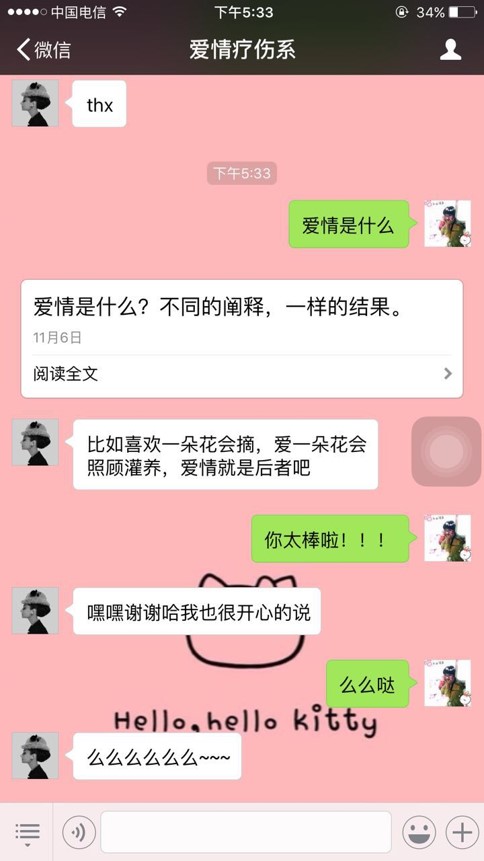
It has been over 20 years since Dr. Hon joined Microsoft, nearly half of the company’s corporate history. Yet few know this is approximately the number of years Dr. Hon’s boyhood dream was in the making. In 2015, Xiaoice (meaning Little Bing – a nod to the Bing search engine) was introduced to China. A chatbot which mines the Chinese Internet for human conversations to develop its language processing capability, Xiaoice also has voice and visual recognition systems built in to help it figure out the context of a conversation. Millions of young Chinese smartphone users chat with Xiaoice every day, drawn to its empathy and sense of humor. One quarter of them have reportedly told Xiaoice “I love you”, exceeding Dr. Hon’s dream of creating a system that can provide information. Xiaoice’s potential to be a friend has Dr. Hon dreaming even bigger: he hopes that AI will evolve to combine Cortana’s productivity with Xiaoice’s emotiveness.
But Xiaoice is only one of Microsoft’s milestones in AI. For a company that recently articulated its bet on bots, how does Microsoft plan to leverage this technology to realize its mission to empower every person and organization on the planet to achieve more? Dr. Hon, with his intricate understanding of the company’s commitment to research, seemed the best candidate to quiz. He began by explaining the resurgence of AI’s popularity. “AI receives so much attention today because it helps people to solve new problems, or old problems in better ways,” said Dr. Hon. Healthcare is an obvious field of application: drug prescription can be a hit-and-miss based on symptoms exhibited by patients. By gathering data that factors in genetic predisposition and lifestyle habits, Dr. Hon believes correlations can be drawn to arrive at personalized treatment and medication, enabling people to live healthier and longer.
Another health-related application of AI lies in helping visually impaired or blind people ‘see’ what is going on around them. Seeing AI, a project empowered by Microsoft Cognitive Services, uses intelligence Application Programming Interface (APIs) to describe the surroundings to a visually impaired or blind person at any moment.
The application works much like captioning a photograph; take a picture and a voice will tell what’s in the picture, such as a person’s age, facial expression and what he or she is doing. No longer restricted by their disability, the visually impaired or blind can participate fully and enjoy a higher quality of life.
Dr. Hon also advocates the industrial application of AI, specifically, harnessing the Internet of Things (IoT) for preventive maintenance. He cited present-day elevator maintenance as an example of inefficiency, as technicians have to make multiple trips to download data from a broken elevator before fixing it.
With IoT, data can be continuously collected and insights generated about which parts are stressed from wear and tear, so maintenance can be scheduled at more reasonable timeframes. Preventive maintenance saves time, money, and even lives where places like power plants are concerned. “If anything, people who work in high-rise buildings will appreciate the elevator operating smoothly,” he joked.
Do we need to worry about machines getting smarter than humans? Dr. Hon shares his thoughts on this and more in the next instalment of this series.
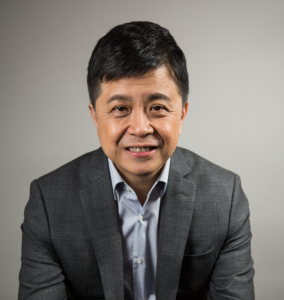 Dr. Hsiao-Wuen Hon
Dr. Hsiao-Wuen Hon
Corporate Vice President, Microsoft Research Asia
Microsoft Asia-Pacific R&D Group
Dr. Hon drives Microsoft’s strategy for research and development activities in the Asia-Pacific region, as well as collaborations with academia. He has been with Microsoft since 1995, joining Microsoft Research Asia in 2004 overseeing research in Internet search, speech and natural language, systems, wireless and networking. In addition, he founded and managed the Search Technology Center (STC) from 2005 to 2007, and has overseen the development of Bing in Asia Pacific.
 Koh Buck Song
Koh Buck Song
Koh Buck Song is an author who has written and edited over twenty books, and a consultant in branding, communications strategy and corporate social responsibility in Singapore. He drove the positioning of Singapore as a “global entrepolis” as former Head of Marketing, Corporate Communications and Strategic Planning at the Economic Development Board from 1999 to 2005. Buck Song was also a former a political supervisor for The Straits Times. He graduated from the University of Cambridge and the University of London in the United Kingdom, and from the John F. Kennedy School of Government at Harvard University in the US, where he was a Mason Fellow and earned a master’s degree in public administration.





